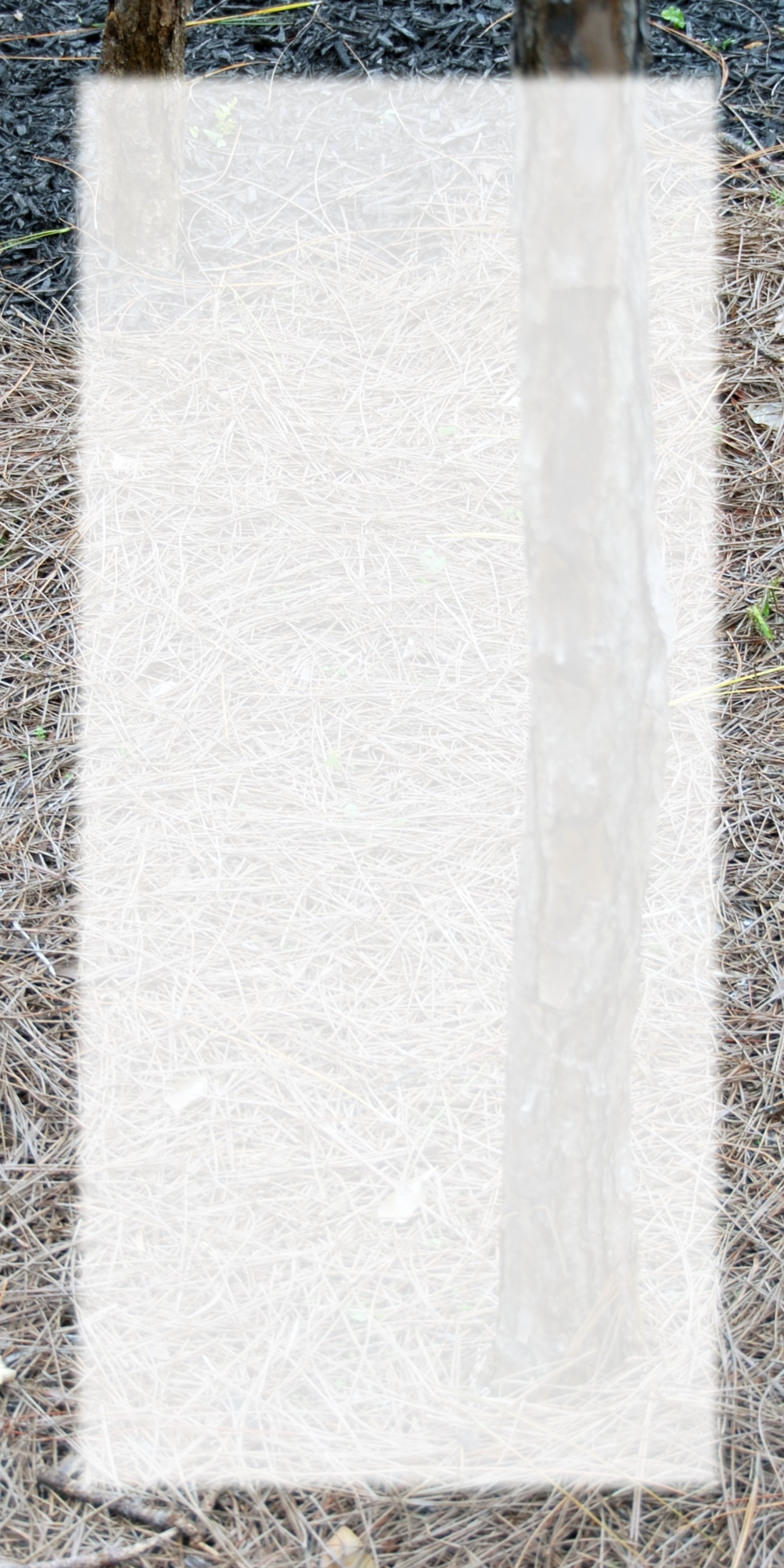Four Hundred Years Young by Larry Silver
Sometimes these exhibitions can make one think that Rembrandt students only care about authenticity, which after all has tremendous market implications (the last Rembrandt offered by a dealer, briefly on loan to the Philadelphia Museum of Art a year ago, costs between 35-40 million dollars; still not sold, if you are interested). One spin-off aspect of this interest has been the clearer definition of Rembrandt’s pupils and followers, and increasingly catalogues are devoted to their work as well, including a parallel Corpus for pupils in six volumes, compiled by Werner Sumowski, and studies of individual pupils (most recently on Drost, who is no longer identified as the painter of the “Polish Rider”).
Moreover, reactions against the certitude of the Rembrandt Research Project have produced a more subtle grey area of collaborative works or joint projects. The Rembrandt House exhibition showed a series of studies of a single male model, seen from divergent angles and doubtless drawn as a standard academy exercise in the studio of Rembrandt by several of his pupils at once. This phenomenon was only recognized a couple of decades ago by a drawings specialist, Peter Schatborn of Amsterdam’s Rijks- museum, but it has made us all aware of the degree to which Rembrandt the teacher had his students make variations on his own themes, sometimes to pass as his own work (per- haps receiving his own signature; there are a number of paintings that are regarded as studio productions that nonetheless have dazzling and prominent authentic signatures by Rembrandt himself).
Another good example of Rembrandt’s exercises is the series of head studies of the face of Christ, perhaps made from a single model but also possibly made after a type imagined by Rembrandt and then copied in his manner by a variety of his pupils. Philadelphia owns one of these heads, but it has seldom won favor as an authentic Rembrandt. Similar heads adorn museums in America (Detroit, Harvard, Brigham Young) as well as Europe (Berlin, The Hague). Perhaps one day this group can be reunited like the drawings in the Rembrandt House exhibition, and their religious content can also be assessed in relation to the increased interest in Rembrandt’s study heads of religious figures, the subject of a fascinating focus exhibition last year in Washington, devoted to the seeming oxymoron of “Rembrandt’s Late Religious Portraits.”
Of course, this concept of a late phase of the artist’s career reminds us that some of the fascination concerning any individual resides in sensing his growth and develop- ment, as in a fascinating recent exhibition in Boston dedicated to Rembrandt’s Journey. During this Rembrandt year a couple of exhibitions have followed up on his early work, subject of an exhibition in Leiden, where he began his career before moving to Amsterdam in late 1631. A few years ago those early Amsterdam years formed the basis of an insightful exhibition, aptly titled Rembrandt Creates Rembrandt. Another fascinating one (split between Dulwich and the Rembrandt House) has given attention to his early business partnership with an art dealer in Amsterdam, Hendrick Uylenburgh, who helped Rembrandt secure clients for the portraits that quickly made him a wealthy man and a sought-after commission in the big city. This new sense of Rembrandt’s business aspects and his association with networks of patrons has been one of the major discoveries in the archives over the past quarter-century, largely due to the tireless efforts of Sebastian Dudok van Heel in Amsterdam, and now these recondite findings are reaching a wider audience in the Rembrandt year exhibitions. Another new book by Paul Crenshaw treats Rembrandt’s celebrated bankruptcy declaration of 1656 within a wider Dutch context as it traces the vicissitudes of his prickly relationships with clients during this less prosperous period of his career.Rembrandt’s social connections as well as his religious commitments have received renewed attention in recent years as well. Several books have appeared to assess the interaction between the artist and his Jewish neighbors in Amsterdam. In fact just steps away from the Rembrandt House lay the main settlement of refugee Portuguese Jews (Sephardim) from the Inquisition lay, and their imposing Portuguese Synagogue (Esnoga) was built in 1672, just after the artist’s death; it is still open for visits but already played host to tourists in the seventeenth century. Stephen Nadler devoted a book to the conditions of the Jewish community (which also accepted a poorer group of Eastern European Jewish refugees, the Ashkenazim, after mid-century pogroms), and Michael Zell has made a case for a philo-Semitic (as opposed to anti-Semitic) convergence of Jewish and Christian messianic hopes just after mid-century. It is well known that Rembrandt learned how to fashion Hebrew letters from his Jewish neighbor, Rabbi Menasseh ben Israel, whose writings display this Jewish version of messianic hopes.
